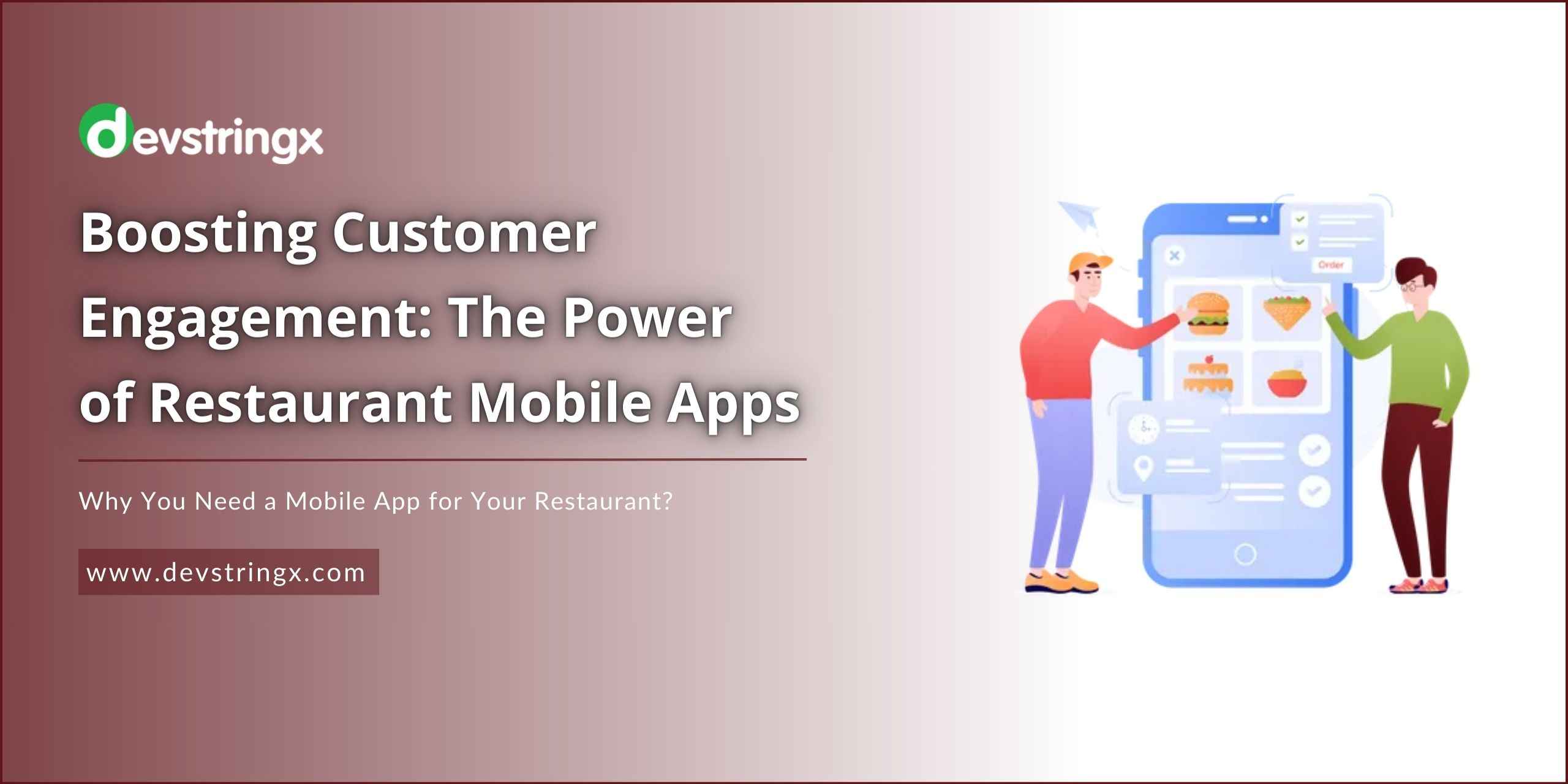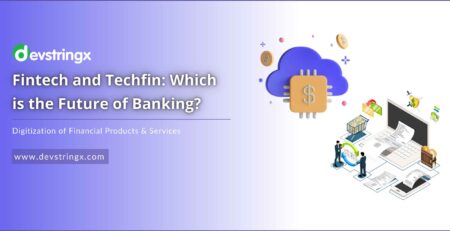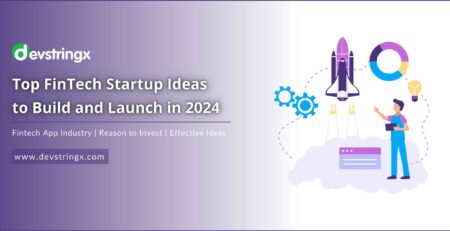Boosting Customer Engagement: The Power of Restaurant Mobile Apps – DS
Why Do You Need Mobile Apps for Your Restaurant?
In today’s digital age, where automation is taking over operations and processes, the restaurant industry is undergoing a massive transformation, redefining the dining experience beyond physical spaces. At the heart of this revolution are mobile applications, digital wonders reshaping how restaurants build meaningful and continuing connections with their customers. These apps have evolved from mere add-ons to essential tools that drive engagement and are powered by advanced IT solutions. Restaurant app development companies offer features that go beyond convenience; they create immersive experiences for customers.
1) The Digital Transformation Epoch in Restaurants
Foraying into the digital domain is a strategic step for modern restaurateurs as they recognize shifting consumer behaviours where immediacy, personalization, and digital interaction are not just preferred but expected. This transformation is supported by IT systems that enable ordering, table reservations, digital menus, and customer feedback. These systems provide an interactive platform that extends a restaurant’s reach beyond its location.
2) Infrastructure and Performance: Cloud-Based Adaptations
The smooth user interface of a restaurant app is powered and supported by a network of cloud services. These services help businesses reduce costs and improve scalability and data recovery by eliminating the need for servers on-site. The use of Platform as a Service (PaaS) and Infrastructure as a Service (IaaS) is particularly important in creating an environment for developers to build a sophisticated app environment and manage applications. It ensures uninterrupted service, crucial for maintaining customer engagement and loyalty.
3) Personalization through Data Analytics and AI
Personalization through data analytics and AI is essential. Every interaction within the application generates customer data, which is used to drive personalized experiences through AI. By utilizing data analytics, restaurants can gain insights into customer preferences, dietary restrictions, and peak dining times. AI takes the process further by using this information to create personalized experiences. For example, machine learning algorithms can predict a customer’s favourite or most-ordered dish, suggesting it as a top choice or offering customized deals that make customers feel truly valued.
4) Securing Transactions and User Data
Ensuring the security of transactions and user data is significant due to the nature of the information being exchanged. Restaurants heavily invest in cybersecurity measures to protect customer data and financial transactions within their application. This level of security also included adherence to data security standards and regulations, including GDPR. It requires updates to security protocols, risk assessments, and immediate response measures for potential data breaches.
5) Improving User Experience with UX Design
The app’s visual and navigational design plays a significant role in engaging customers. The user interface and user experience are carefully designed, taking into account principles to ensure that the apps align with user behaviour and expectations. Advanced IT tools allow A/B testing, usability testing, load and performance testing services and prototype evaluations to determine the effective design elements, contributing to a seamless and intuitive user journey that encourages usage.
6) Leveraging IoT for Efficient Operations
Operational efficiency has a blunt impact on customer satisfaction. By integrating IoT devices into the restaurant ecosystem—such as thermostats, automated kitchen appliances, and digital inventory trackers— restaurants achieve a smooth operational flow. These devices optimize energy consumption, minimize waste, maintain quality standards, and enable staff members to focus on enhancing each customer experience. Real-time data from devices is incorporated into the app to provide customers with information, such as table availability, current wait times, or updates on their meal preparation progress.
7) Mobile Payment Advancements
The rise of speedy payments and diverse payment modes capture the attention of app users. It’s not about contactless payments; it involves the integration of different fintech solutions such as mobile wallets, QR code payments, and even cryptocurrency options. To ensure a swift, safe, and effortless payment process, collaborations with fintech providers are necessary for incorporating encryption techniques for enhanced security.
8) Gathering Feedback and Continuous Improvement
Customer feedback holds significant value as it guides service enhancements and menu adjustments. The app’s IT infrastructure design to facilitate the submission of feedback and analyze the data for actionable insights. Negative feedback is particularly valuable as it triggers alerts for management to take corrective measures. This continuous cycle of feedback and improvement actively involves customers in the improvement of the restaurant, creating an enriching experience.
9) Strategic Marketing and Customer Retention
The app serves as a direct marketing channel empowered by IT solutions that enable segmented and targeted promotions based on user behaviour. Advanced algorithms analyze order history and app interactions to segment users effectively, allowing restaurants to send relevant offers through notifications or in-app messages. When combined with integrated loyalty programs integrated into the app, this strategy works wonders in retaining customers.
10) Future Directions: AR and Blockchain Integration
The integration of AR and blockchain holds infinite possibilities. AR has the potential to transform how menus present, while blockchain can provide transparency in ingredient sourcing, appealing to health-focused consumers. These innovative integrations help restaurants keep up with the times and also serve as investments in building credibility and setting industry trends.
Good to Read:- How Much it Cost to Make an App in India?
11) Enhancing Customer Engagement through Social Integration
In today’s social media-savvy world, integrating with platforms like these enhances the user experience by encouraging participation. Customers are no longer consumers; they actively share, recommend, and review. Restaurants can facilitate this interaction through their app, allowing customers to directly share their feedback or favourite dishes on social media platforms. It creates organic brand ambassadors and ascertains the principle of proof, where people rely on others’ experiences when making choices. Additionally, it cultivates a sense of community around the brand and fosters loyalty among patrons.
12) Virtual Reality (VR) for Menu Exploration
The incorporation of Virtual Reality technology adds a futuristic twist to the dining experience. Through VR, restaurants can showcase their menu and ambiance in 3D, enabling customers to explore dish preparations, ingredients, and suggested pairings.
This level of interaction goes beyond attracting customers; it also. Entertains, turning the process of selecting a meal into an exciting adventure in itself. For restaurants, it presents an opportunity to showcase their skills, commitment to quality, and creativity, helping them stand out in a competitive market.
13) Smart Pricing Strategies
By utilizing AI’s predictive analysis capabilities, restaurants can implement dynamic pricing in their apps. This approach allows meal prices to adjust based on diverse factors such as demand, time of day, and inventory levels. This flexibility maximizes profits and appeals to price-conscious customers. For example, offering discounted prices during off-peak hours could attract patrons, ultimately increasing overall sales. Moreover, customers perceive pricing as transparent since they understand the concept of supply and demand.
14) Improved Management of the Supply Chain
Blockchain technology has proven invaluable for supply chain management beyond its use in payment systems. Integrating it into a restaurant’s app ensures traceability by verifying the authenticity and origin of the ingredients used. Customers can access information about how ingredients were sourced, allowing them to understand the journey from farm to plate. This level of transparency is significant in promoting sustainability and ethical consumption – values that are highly regarded by today’s consumers. Restaurants can leverage this technology to establish a brand image, reflecting their commitment to responsibility.
15) The Influence of Augmented Reality on Staff Training
The benefits of technology extend beyond customer interactions in restaurants; internal operations and staff training can also be transformed through the use of Augmented Reality (AR). By utilizing AR simulations, restaurant employees can receive training in scenarios like food preparation and customer service within a controlled and interactive environment. This innovative approach to staff training enhances engagement and improves information retention and understanding, resulting in highly skilled and knowledgeable staff members.
Conclusion
In conclusion, the expanding role of apps in the restaurant industry demonstrates the possibilities that arise when technology intersects with culinary artistry. These digital advancements redefine the dining experience by prioritizing interactivity, personalization, and responsibility. They challenge restaurateurs to go beyond providing food; they must now become trendsetters, community builders, and educators. The future restaurant will be defined not by its menu but by its inventive utilization of technology to offer an all-encompassing, memorable, and meaningful dining experience.














